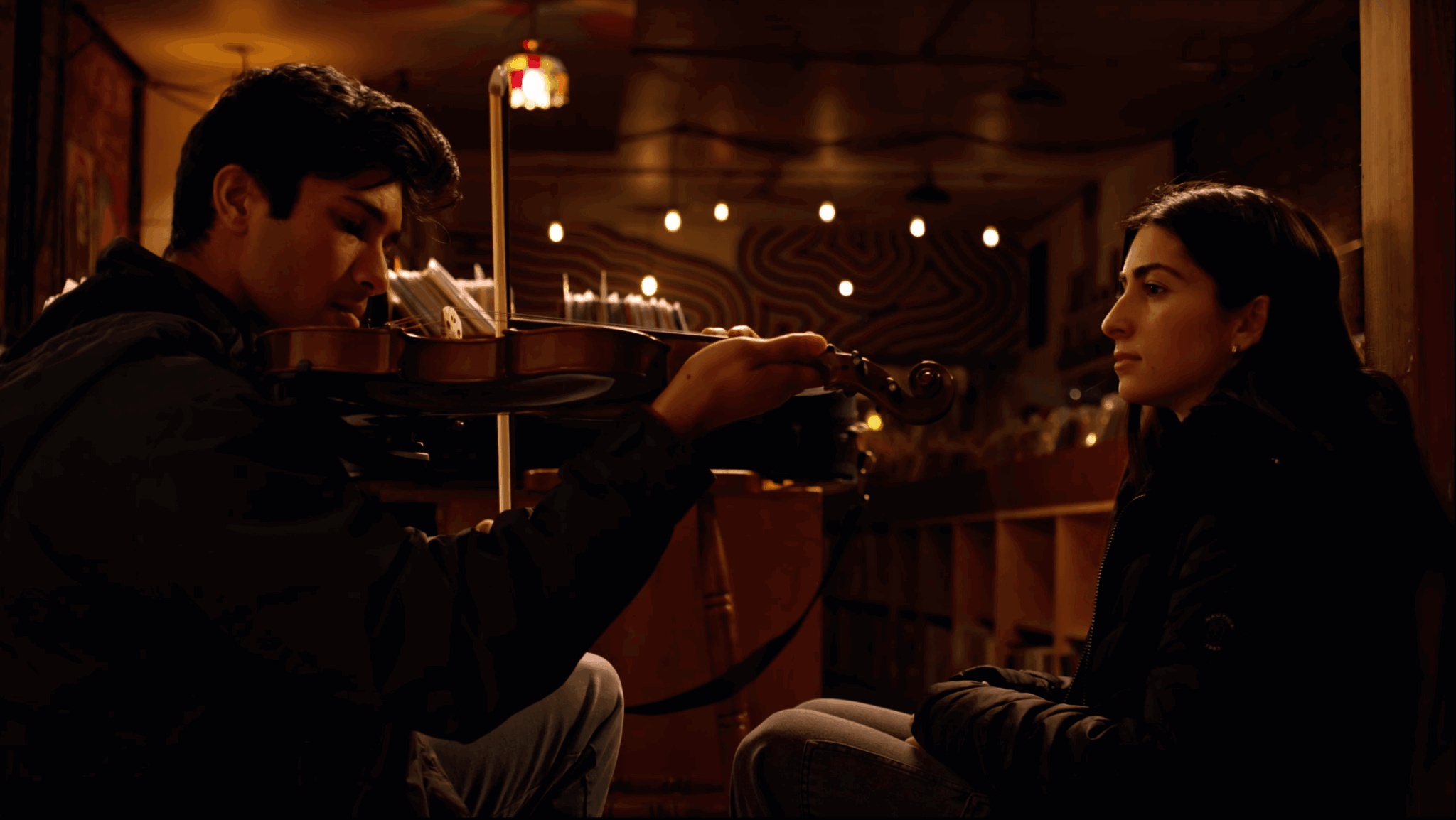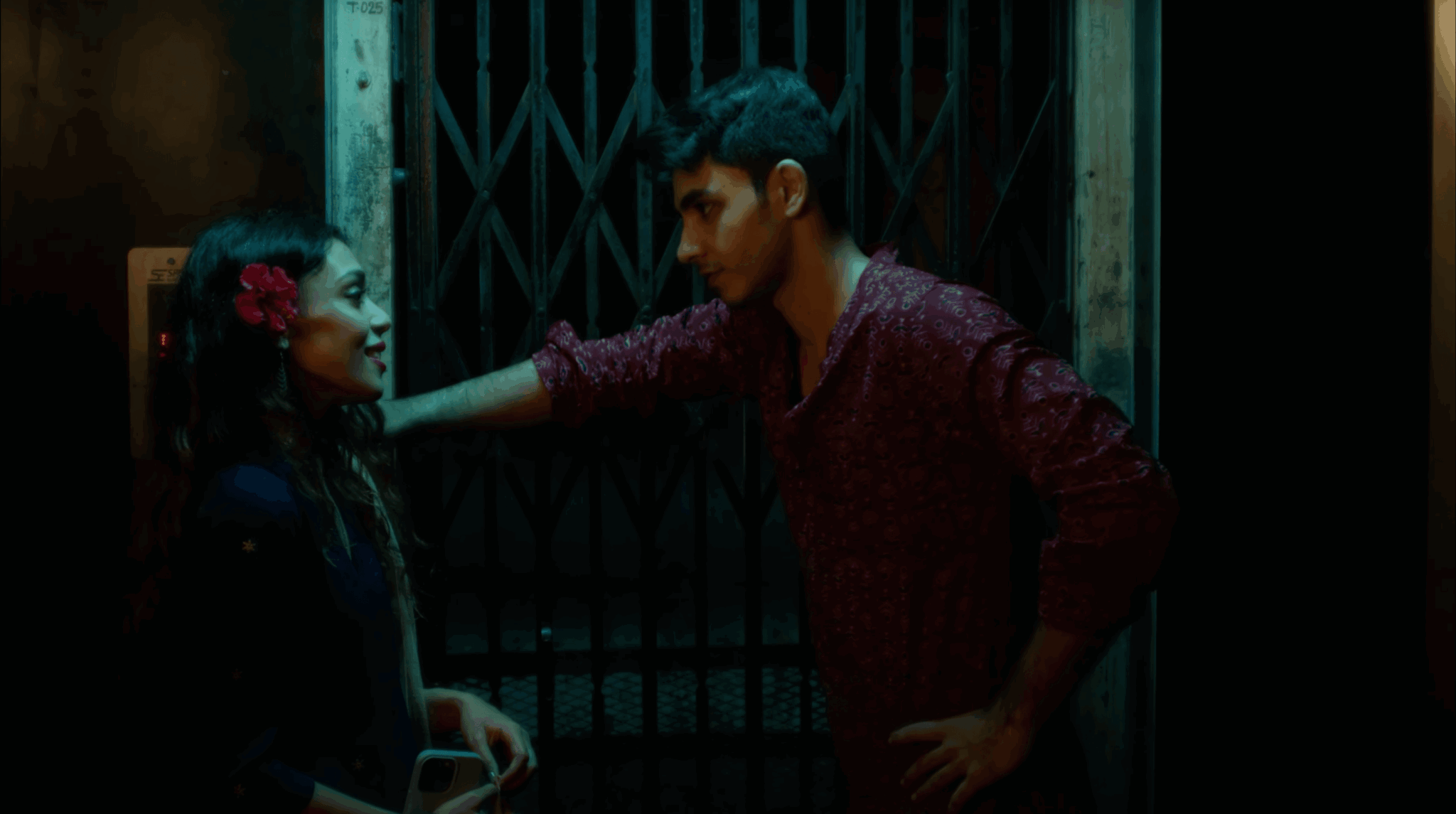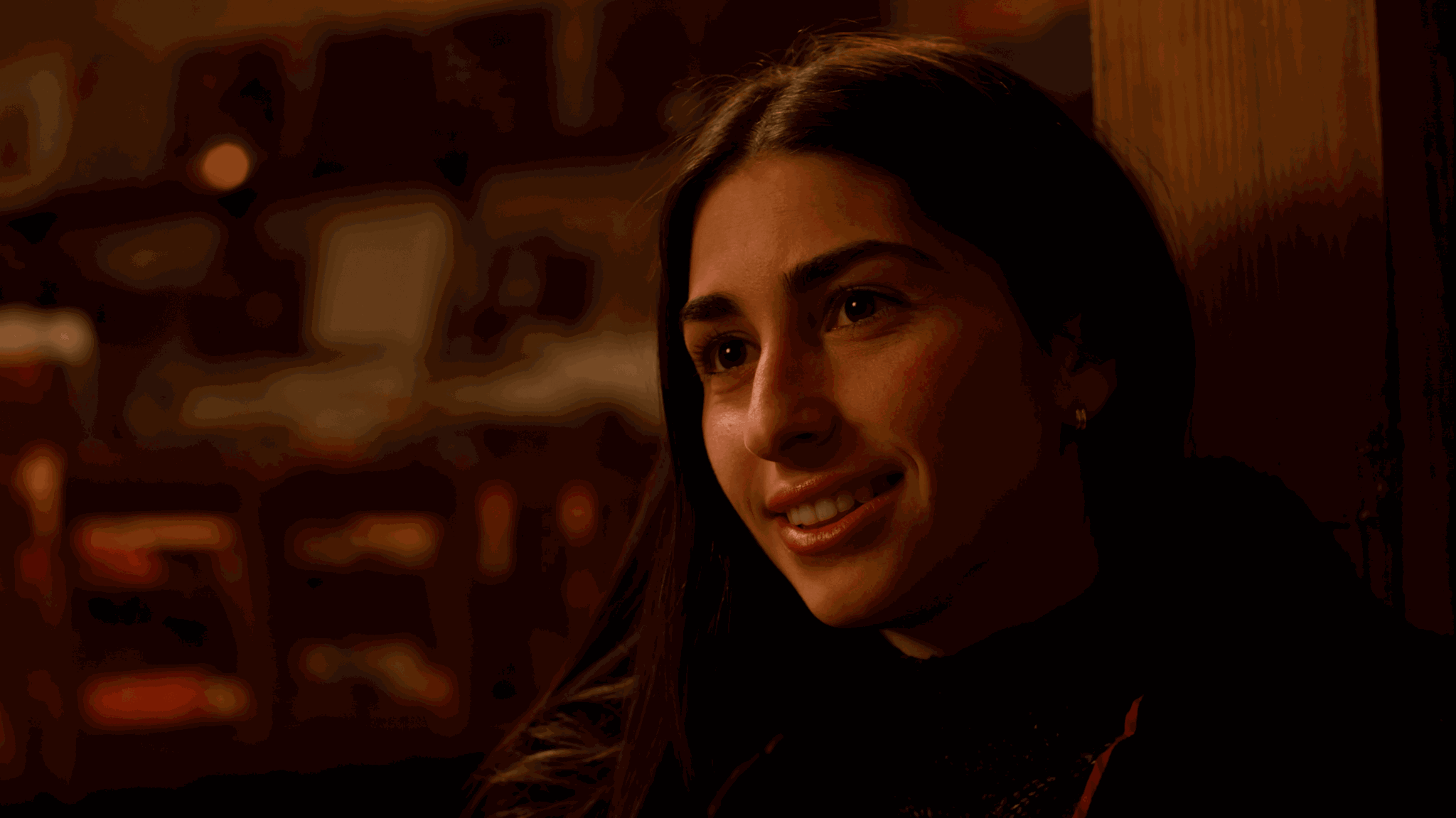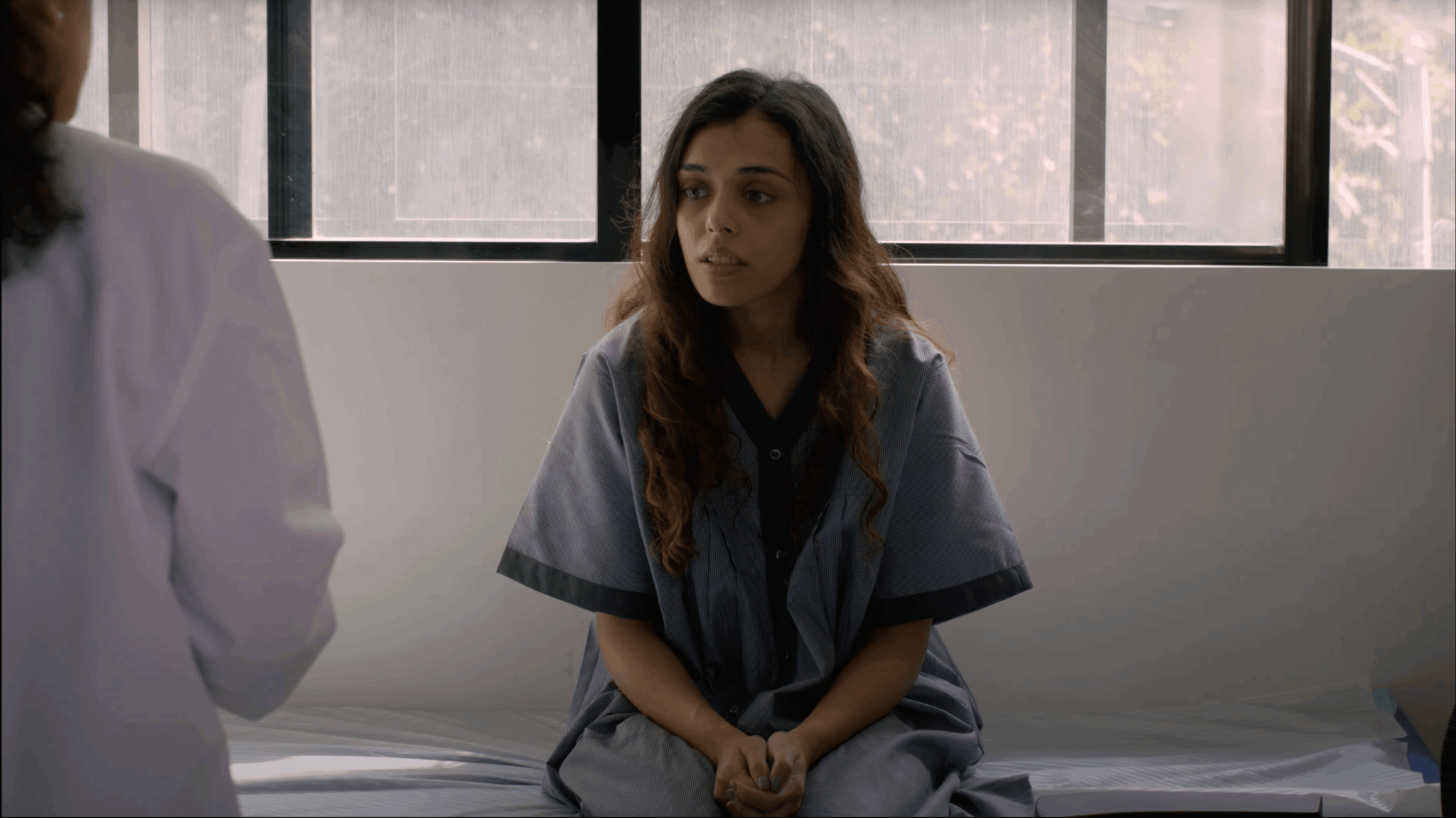Alright – so today we’ve got the honor of introducing you to Eesha Patkar. We think you’ll enjoy our conversation, we’ve shared it below.
Hi Eesha, thanks for joining us today. We’d love to hear about a project that you’ve worked on that’s meant a lot to you.
I’ve worked on various projects in diverse roles over the last decade — my first piece of long-form journalism on India’s first transgender mayor; the first ever artist video I did interviewing the late modern Indian artist Akbar Padamsee who was encountering his monumental painting ‘Greek Landscape’ after nearly 60 years; or the first narrative film I made in grad school. The most significant and meaningful project, however, was writing, directing and producing ‘Six Weeks’, my thesis film for Columbia College Chicago.
This film is a labor of love. It was ambitious in many aspects: the length, the scale, and the message. It’s a dual narrative set in a post-Dobbs America and a socially conservative India about two women who face conflicting pressures and a lack of choice around their unexpected pregnancies. ‘Six Weeks’ explores the concept of choice through the lens of Michelle — a teenager raised in a religious American household, desperately seeking options — and Gayatri — a successful woman in India who struggles with her desire to keep her pregnancy despite cultural/societal taboos surrounding unwed mothers.
The film was shot in Chicago, Illinois, and Mumbai, India. I was fortunate to work with a highly talented cast and crew who treated the story with the utmost sensitivity and care, helping me achieve my vision beyond anything I’d imagined. There were a lot of learning curves and new experiences, including pulling off a short film production in India, where I hadn’t made a film of such capacity before. Most of the department heads, in both Chicago and Mumbai, were women, which inevitably fostered a safe, inclusive and nurturing environment.
In post-production, watching 8 days worth of footage — shot across continents — come to life, was its own rewarding experience. To finally see it on a giant screen and receive the love and praise that it did, was perhaps one of the greatest moments of my life. It made the last two years of lost sleep agonizing over every word written on the script, doubts about the shots we took, the directing notes I gave, and fretting over the frame and sound that made it into the final cut — it was all worth it.

Great, appreciate you sharing that with us. Before we ask you to share more of your insights, can you take a moment to introduce yourself and how you got to where you are today to our readers.
I am a writer, filmmaker and producer from India, currently based in Chicago. I graduated last year from Columbia College Chicago’s MFA program in Cinema and Television Directing. I have worked on numerous short films in different capacities as director, producer and assistant director. These projects are in various stages of production, some of which have screened at prestigious film festivals.
I realized at a very young age that I was going to disappoint family and society by rejecting the conventional academic, career, and life paths expected within the South Asian community. Since 2011, I have been on constant journey evolving as a journalist and arts writer to video producer, consistently looking for ways to tell a story, and a newfound love of its expression through film. In my work, I’m inclined to draw from my Indian roots — often as a subversive commentary on it — while exploring female subjectivities within the complex social dynamics of South Asian culture.
Growing up, I always felt a lack of stories in mainstream Indian cinema that centered women as its subjects or valued women directors and the visions they had to show the world. The ones that did, like Gurinder Chadha’s ‘Bend it Like Beckham’ and Mira Nair’s ‘Monsoon Wedding’, were few and far between, but they changed my life. It has been a slow and uphill battle, but directors like Payal Kapadia (All We Imagine As Light) and Shuchi Talati (Girls will be Girls) are changing the landscape, against all odds. It’s an exciting time for women/femme filmmakers in the independent space, and I look forward to being a part of it.

What do you find most rewarding about being a creative?
The act of creating something itself is a reward, but filmmaking is a long, often arduous process, especially if you’re wearing many hats. Independent filmmaking, in particular, is always a battle between the practical and creative. The fiduciary and logistical concerns often conflict with creative vision and ambition. Knowing where to compromise, or when to stick to your guns, is a big part of the artistic process. This is also one of the few creative spaces where collaboration is key to success — one doesn’t make a film in isolation. Finding the right people who understand your vision and are just as motivated to bring it to fruition is one of the most rewarding aspects of being a filmmaker. It’s not just your work of art, it belongs to everyone who helped make it happen.

Have any books or other resources had a big impact on you?
In August 2012, the Rubin Museum in New York hosted ‘Candid: The Lens and Life of Homai Vyarawalla’, a retrospective exhibition on the first female photojournalist of India. I went to this exhibition with no idea who she was and came out a little bit changed. Walking through the galleries, I saw familiar, iconic photographs from my country’s history: Mountbatten’s last salute, Jinnah before he left for Pakistan, Gandhi’s funeral procession, Nehru releasing a dove in the sky to symbolize the next era of a newly independent India. In later years, Vyarawalla photographed important visiting dignitaries: the Dalai Lama, Martin Luther King, Jr., Ho Chi Minh, and many others. These were powerful men captured for posterity by a petite-framed unassuming woman who lugged around a 9 kg (19 pound) camera in a male-dominated profession.
About that time, I had discovered the essays of Joan Didion. Her capacity to understand and make a reader understand anything from an abstract concept to a tangible event, to seamlessly intertwine the personal and the political, has continued to mesmerize me. What struck me most was how similar Didion and Vyarawalla were. One of Didion’s famous quote describes herself as “physically small, so temperamentally unobtrusive, and so neurotically inarticulate” — characteristics that were an advantage to her as a reporter. Similar words were echoed by Vyarawalla in an interview conducted years apart; when asked if her gender affected her work, she said she was so “unobtrusive” in her demeanor that people felt at ease around her. As someone who felt fairly diminutive at the time (both in personality and physicality), often experienced social anxiety and constantly doubted my creative skills, the words and works of these women—from professions I aspired to belong to—had deeply resonated with my 23-year-old self. I felt so drawn to them, my idea of them, to their powerful words and revolutionary images.
These women were trailblazers: Vyarawalla, a documentarian of a nation being birth, and Didion, a master essayist whose ability to capture small, yet profound moments in the zeitgeist remains unmatched. They broke barriers in their respective fields, challenging societal norms and paving the way for future generations. Their work reminds me of the importance of bearing witness, of capturing the fleeting moments that define our existence, and of telling the stories that matter. As I navigate my own journey, the lives and work of Homai Vyarawalla and Joan Didion and their unwavering commitment to their art, are touchstones. Their legacies are a testament to the enduring power of creativity and the profound impact that one individual’s vision can have on the world.
Contact Info:
- Instagram: @eeshapatkar
- Linkedin: https://www.linkedin.com/in/eeshapatkar/



Image Credits
Stills from ‘Six Weeks’
©Eesha Patkar


